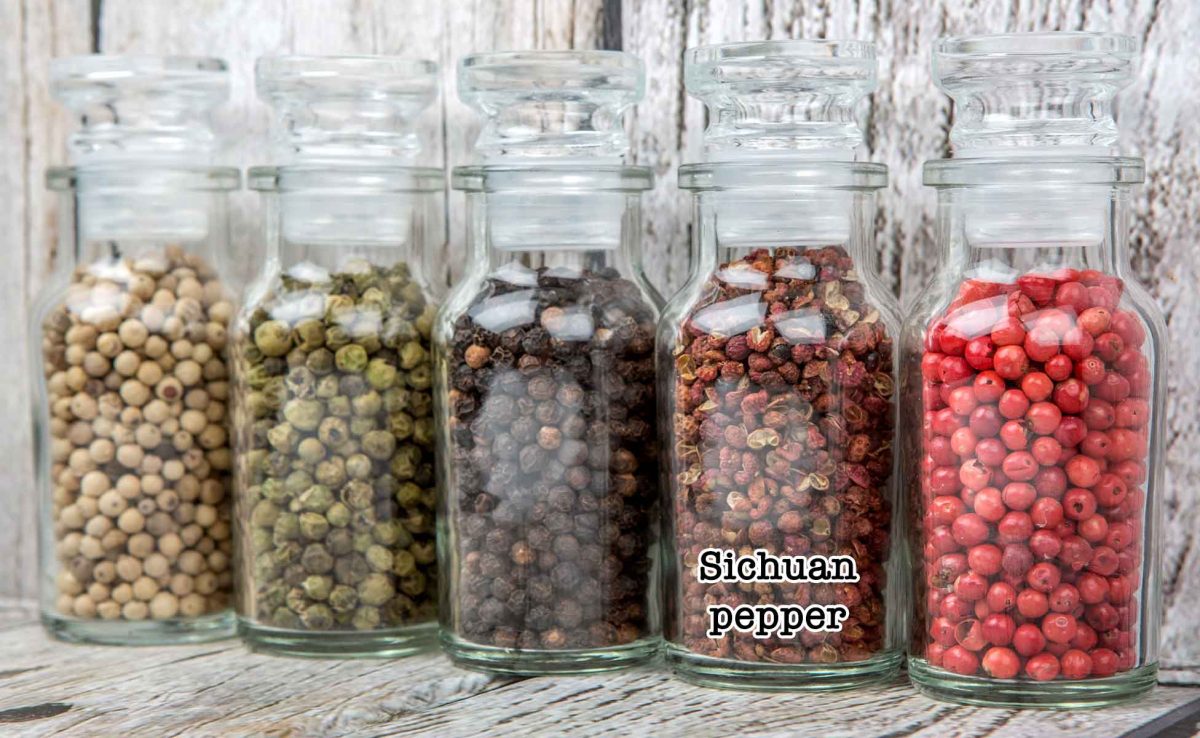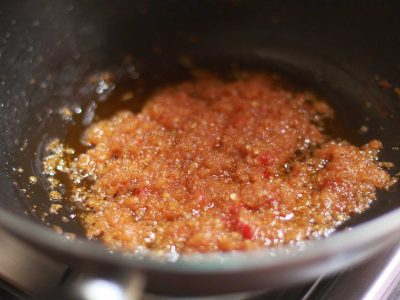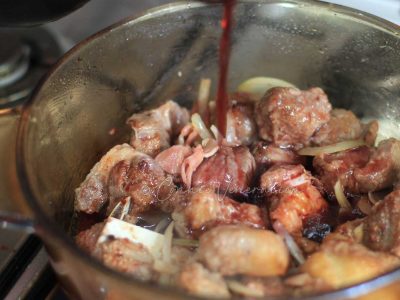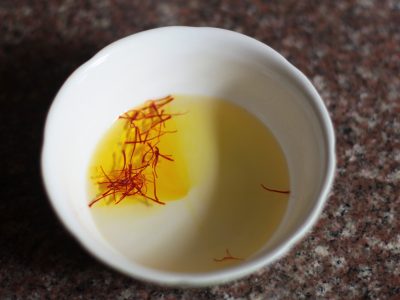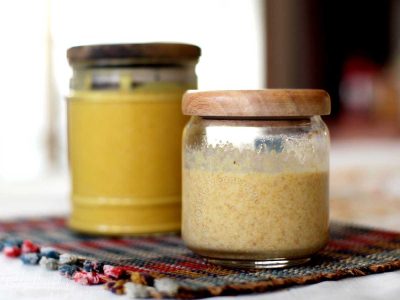In the photo above, only one jar contains Sichuan pepper; the rest contain white, green, black and red pepper. But it isn’t only in appearance that they differ. Pepper is hot; Sichuan pepper is not. Let’s differentiate them in detail, shall we?
Just to be clear, we’re not talking about chilies in this post. Pepper is not chili although chili is often referred to among English-speakers as chili pepper. Few things in life are more misleading than that.
Black pepper is Piper nigrum. Sichuan pepper are from at least two species of small trees in the genus Zanthoxylum. Chilies are berries of genus Capsicum.
Black pepper
Although chilies and peppers are both hot, there is a distinct variety in the heat. This is because the heat of black pepper comes from a chemical compound called piperine while the heat of chilies comes from capsaicin.
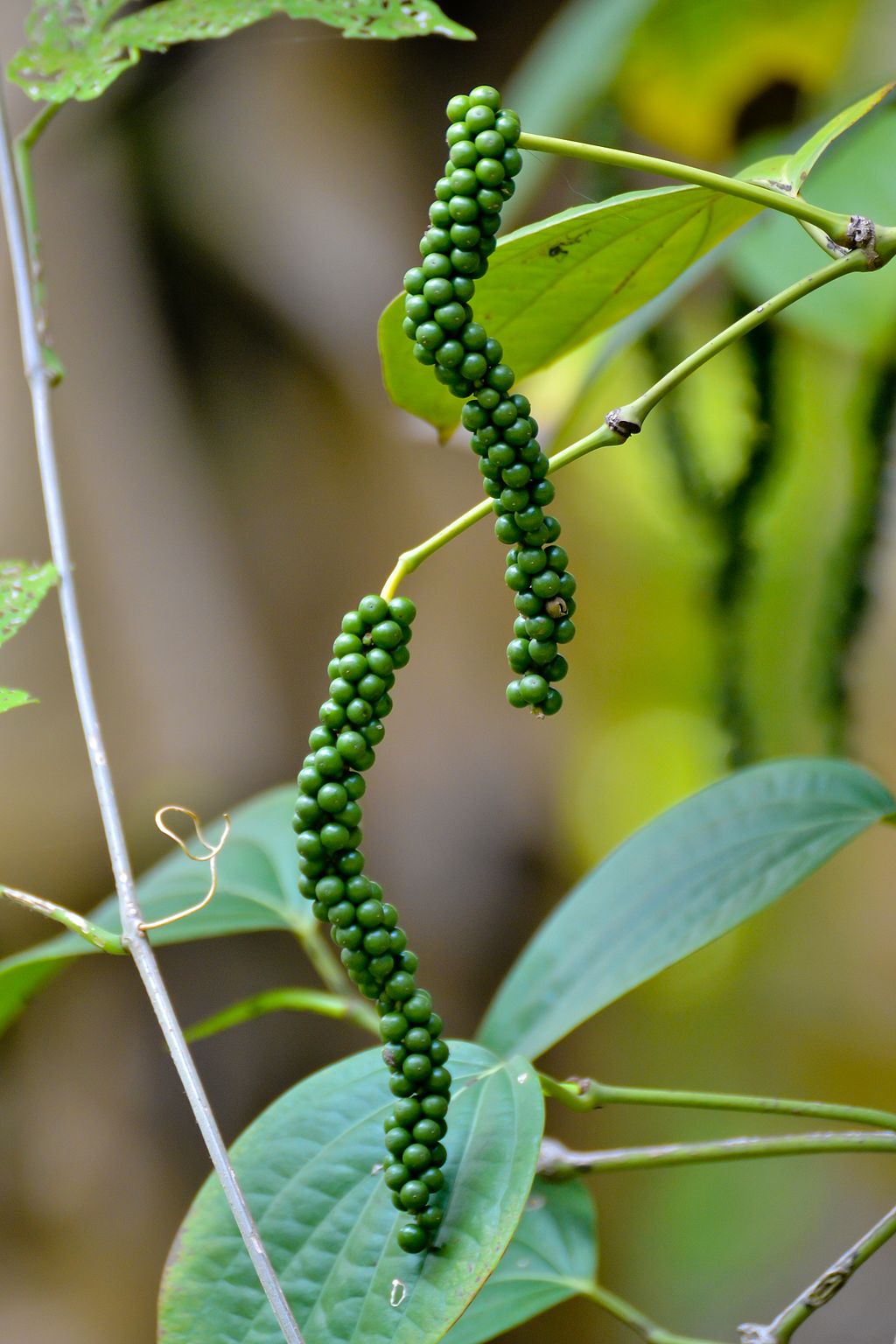
Above is a photo that shows what pepper looks like while growing. It is green while unripe and it is at that stage that it is harvested. Each green globe is called a drupe.
But isn’t pepper either black or white?
When the drupes are havested and dried, black peppercorns are produced. When the dark outerskin of the drupes are removed, white peppercorns are the result.
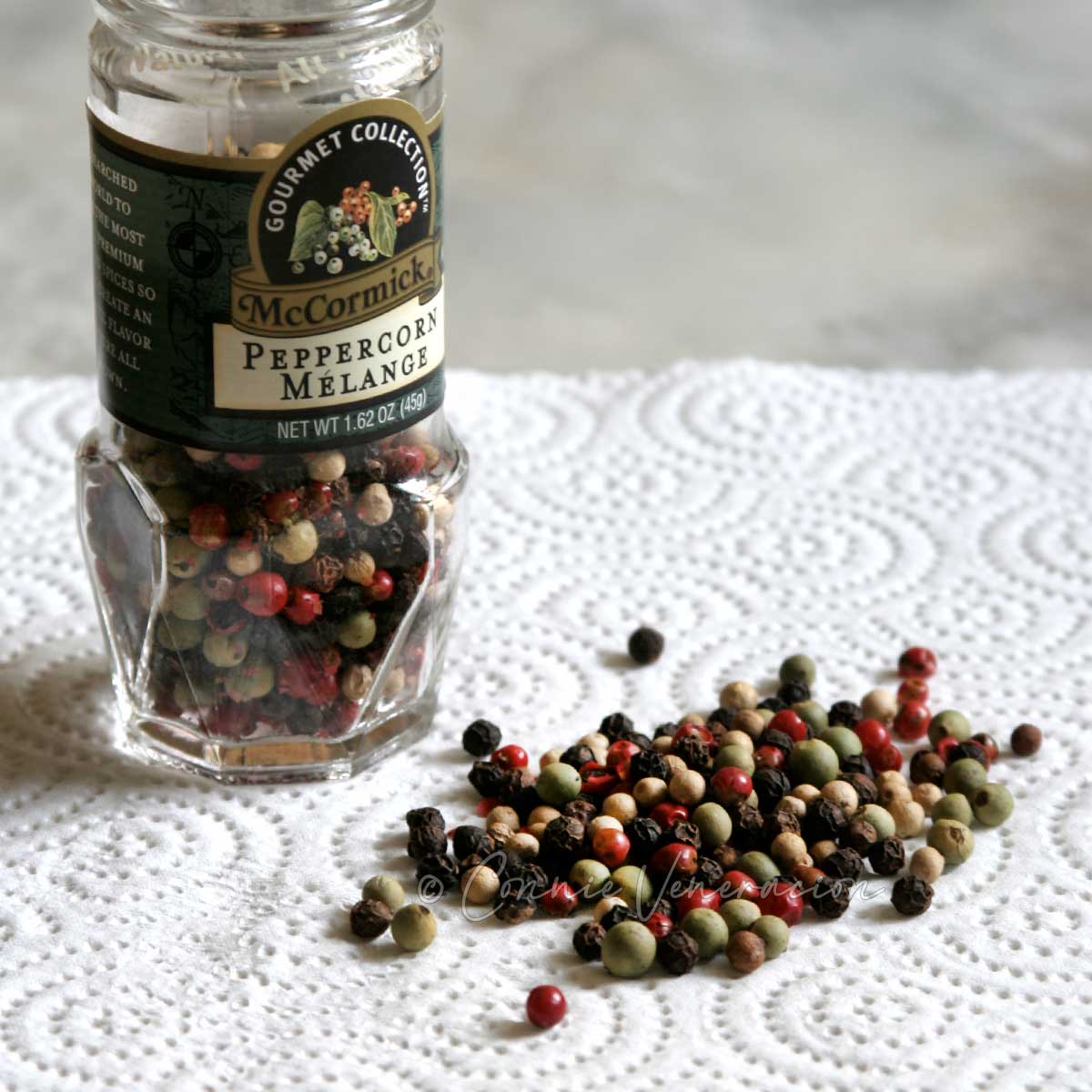
If you go to gourmet stores, however, you will find red, pink and green peppercorns. They all come from the same plant.
Green peppercorns are also the unripe fruits of Piper nigrum. They are either treated or pickled before drying to retain the color. Red peppercorns are the ripe fruits of the same plant.
Sichuan pepper
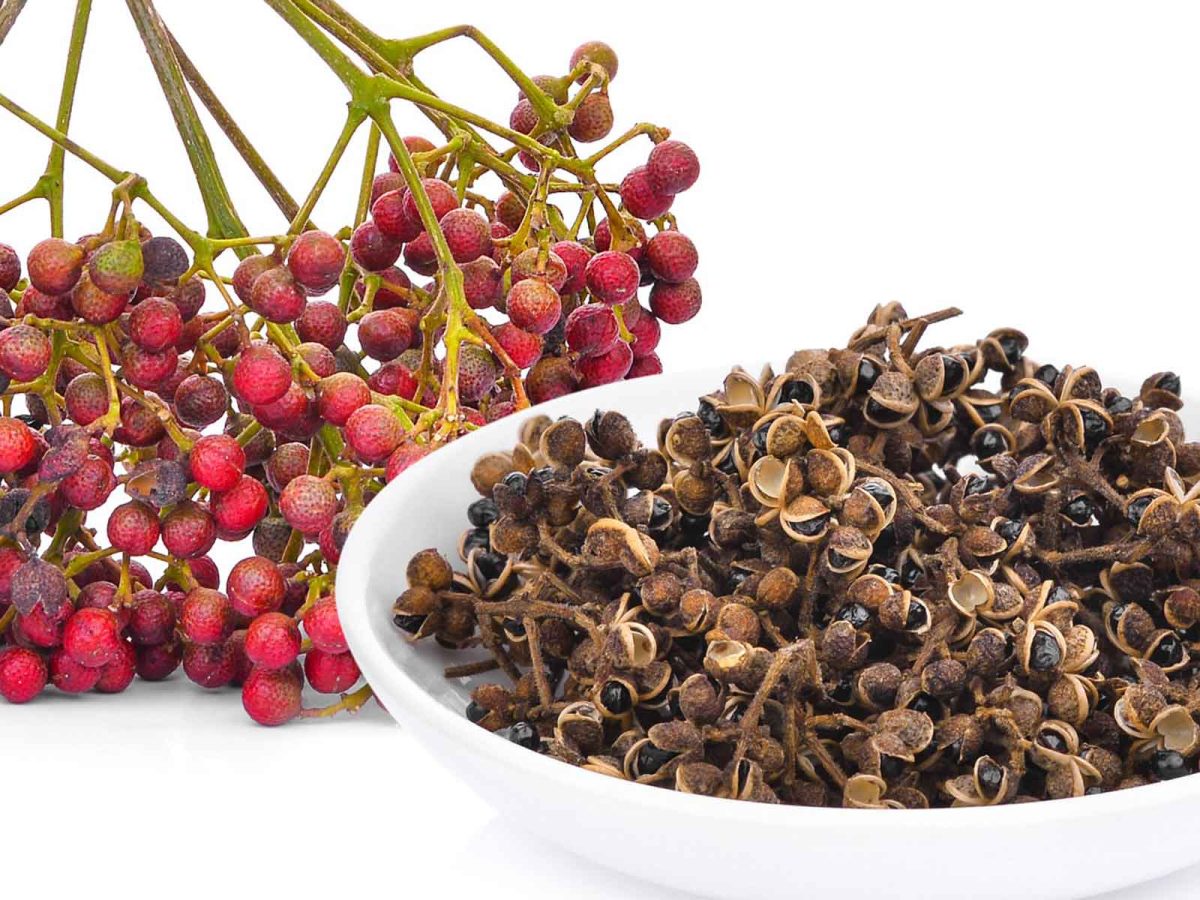
The photo above shows fresh Sichuan pepper on the left and dried Sichuan pepper on the right. Note, however, that, when fresh, Sichuan pepper is either red (Zanthoxylum simulans) or green (Zanthoxylum schinifolium). When cooking with Sichuan peppers, the seeds are removed and only the husks are used.
Can peppers be substituted for Sichuan peppers?
In cooking, of course not. There are some food blogs that say they are interchangeable (just like they say that ginger may be substituted for galangal) but they are so wrong.
Sichuan pepper is not hot the way real pepper is. However, it leaves a numbing and tingling sensation in the mouth due to the presence of a molecule called hydroxy-alpha sanshool. The flavor and aroma are subtly citrusy.
Relatives of the Sichuan pepper
There are other species in the genus Zanthoxylum that are also used as spices in Asia.
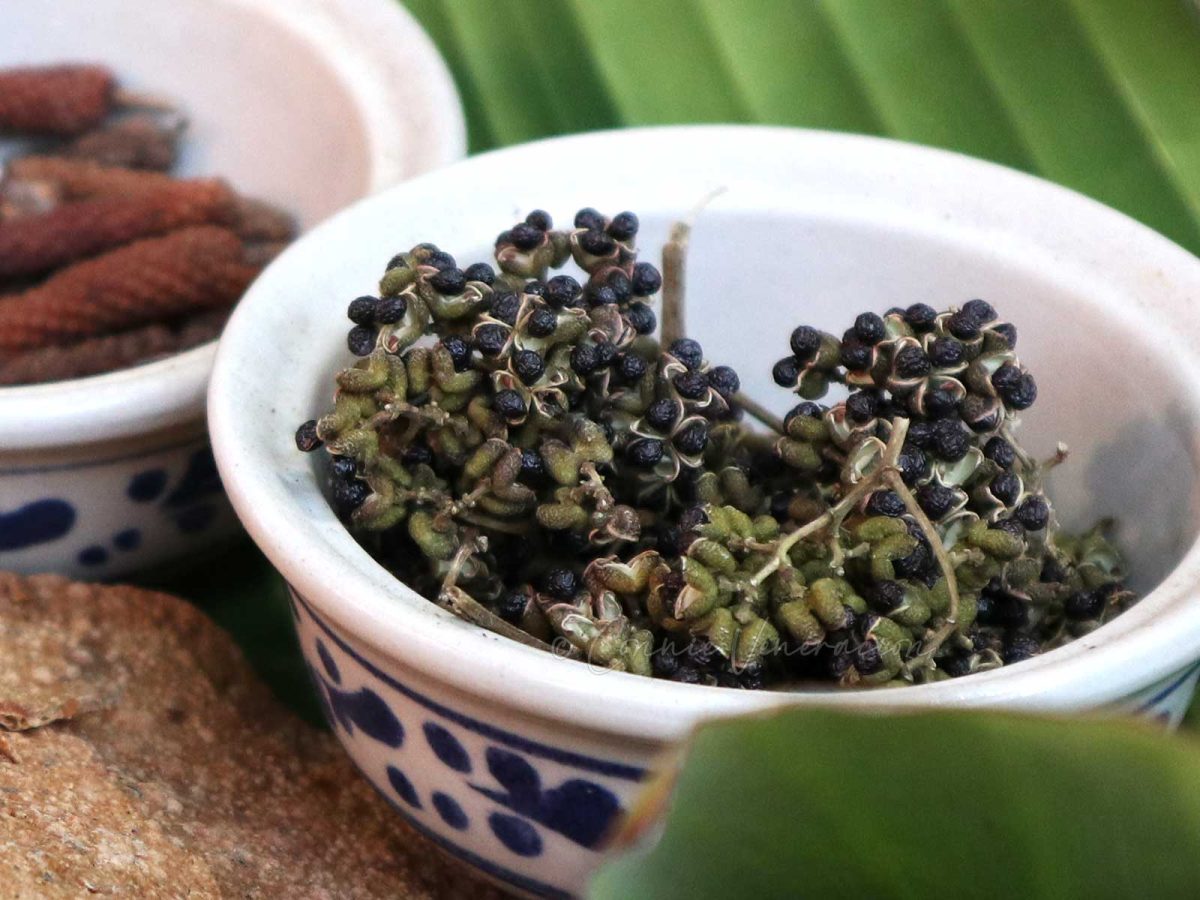
Makhwaen (also spelled mah kwan), a spice ubiquitous in northern Thai cooking, is Zanthoxylum limonella. Its aroma is more intense than that of Sichuan pepper. The flavor is more orange-y than lemony.
Then, there are the Japanese spice sansho (Zanthoxylum piperitum) while the Nepalese timur (Zanthoxylum alatum), both of which I haven’t tried so I won’t make any guess about whether or not their flavor and aroma are more intense than those of Sichuan pepper.

